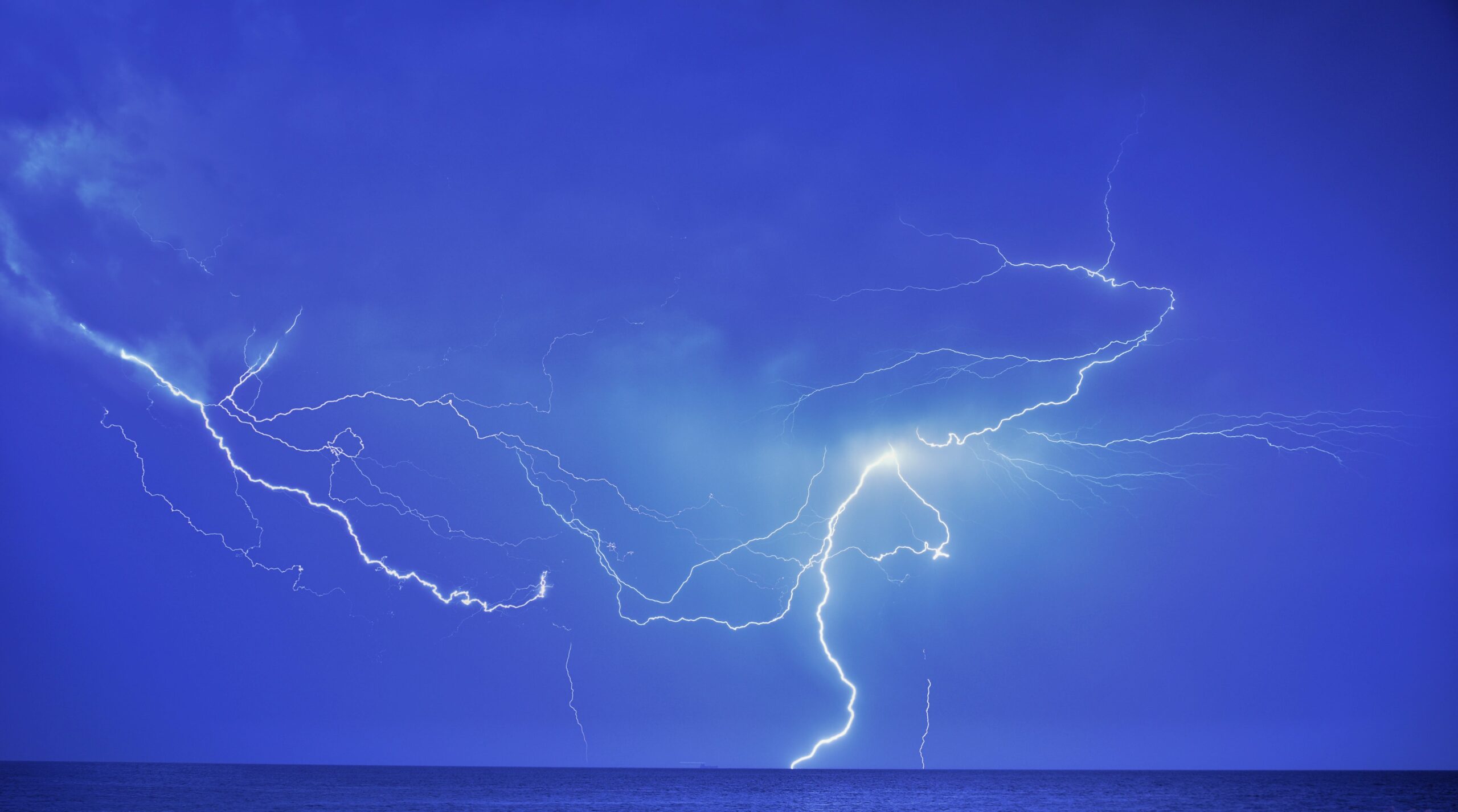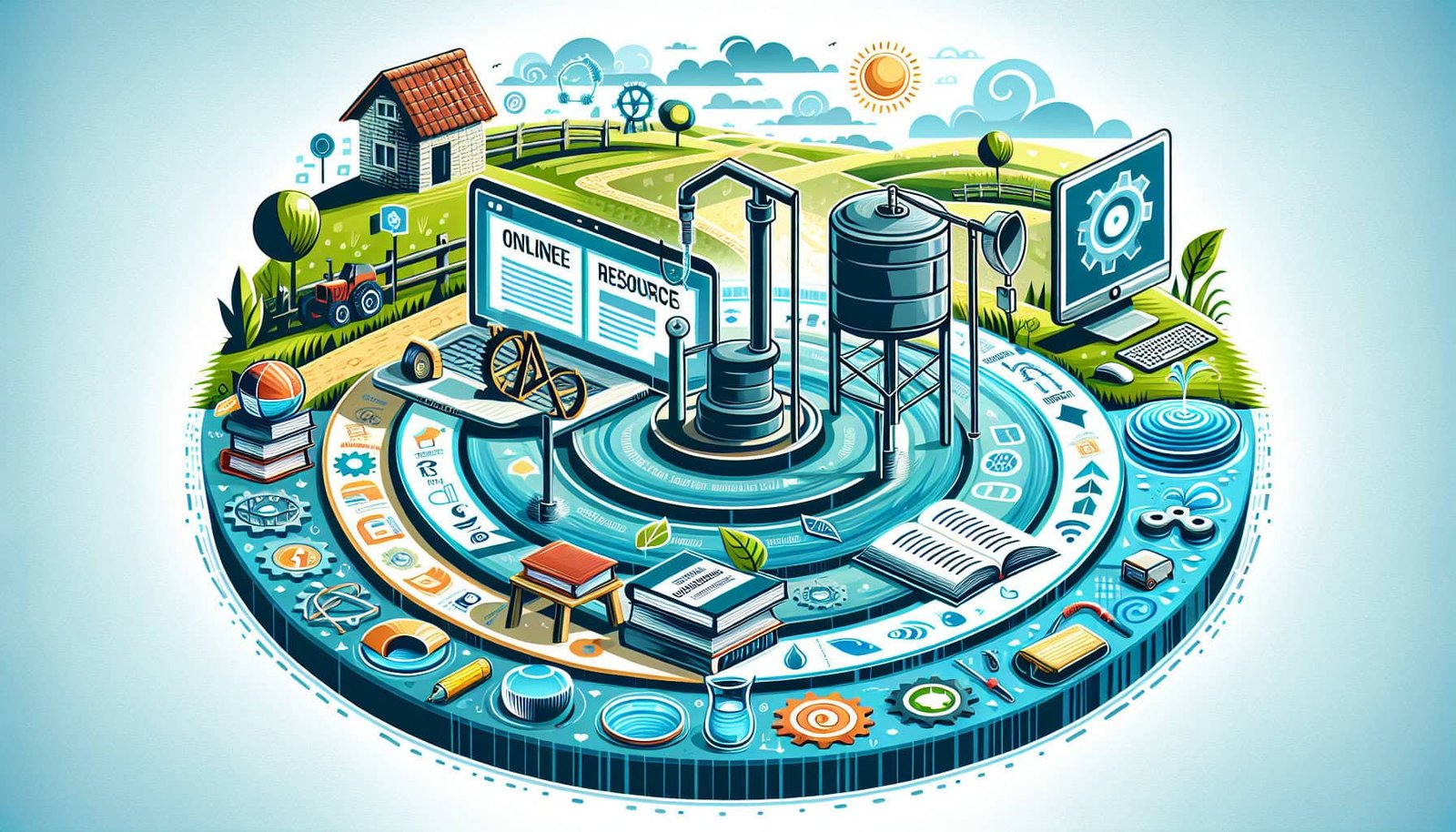If you’re a well owner looking to install a pressure tank for your well water system, you may be wondering where to find reliable resources to guide you through the process. Fortunately, there are several websites that cater specifically to well owners and provide valuable information on well water pressure tank installation. From step-by-step guides to helpful tips and recommendations, these websites offer a plethora of resources to ensure a smooth and successful installation. So, whether you’re a seasoned well owner or new to the world of well water systems, these online platforms can be your go-to source for all things related to pressure tank installation.

1. General Information
1.1 Importance of Well Water Pressure Tanks
A well water pressure tank plays a crucial role in maintaining optimal water pressure for your well system. It helps to regulate the flow and pressure of water as it is pumped into your home. Without a pressure tank, the water pump would have to work continuously to maintain consistent pressure, leading to excessive wear and tear on the pump and increased energy consumption. By installing a pressure tank, you can ensure steady water pressure, protect your pump, and enhance the overall efficiency of your well system.
1.2 Factors Affecting Water Pressure
Various factors can impact the water pressure in your well system. These include the depth of your well, the size and capacity of the pump, any obstructions or blockages in the pipes, and the overall demand for water in your household. It’s important to understand these factors to determine the right size and capacity for your pressure tank, as well as to troubleshoot any potential issues with water pressure in your system.
1.3 Benefits of Installing a Well Water Pressure Tank
Installing a well water pressure tank offers several benefits for well owners. First and foremost, it helps to maintain consistent water pressure, ensuring a reliable and adequate supply of water for your household needs. A pressure tank also reduces the number of times the water pump cycles on and off, leading to energy savings and prolonging the lifespan of the pump. Additionally, a pressure tank can provide backup water storage in case of power outages or pump failures, allowing you to still have access to water during such situations.
2. Popular Websites for Information
2.1 National Ground Water Association (NGWA)
The National Ground Water Association (NGWA) is a reputable organization dedicated to providing resources and information related to groundwater, wells, and well systems. Their website offers a wealth of knowledge on well water pressure tanks, including articles, guides, and technical information. You can find expert advice, industry standards, and guidelines for proper installation and maintenance of well water pressure tanks on their website.
2.2 WellOwner.org
WellOwner.org is another valuable resource for well owners seeking information about well water pressure tanks. This website offers a range of educational materials, tutorials, and articles on various aspects of well ownership, including pressure tank installation. You can find step-by-step guides, troubleshooting tips, and answers to frequently asked questions about pressure tanks. WellOwner.org also features a community forum where well owners can connect with each other, share experiences, and seek advice.
2.3 Water Systems Council (WSC)
The Water Systems Council (WSC) is a non-profit organization dedicated to representing and protecting the interests of well owners. Their website offers resources and information on all aspects of well systems, including the installation, maintenance, and troubleshooting of pressure tanks. WSC provides educational materials, videos, and articles that can help well owners make informed decisions about pressure tank installation. They also advocate for safe and reliable well water systems through their outreach programs and partnerships with industry professionals.
3. Well Water Pressure Tank Installation Guides
3.1 Step-by-Step Installation Instructions
When it comes to installing a well water pressure tank, it’s essential to follow proper installation procedures to ensure optimal performance and longevity. Many websites, such as NGWA, WellOwner.org, and WSC, provide detailed step-by-step installation instructions. These guides typically cover the basics of tank placement, connecting the tank to the well system, and setting pressure switch settings. By following these instructions carefully, you can confidently install a pressure tank on your own and avoid common installation mistakes.
3.2 Selecting the Right Tank Size
Choosing the correct size of the well water pressure tank is crucial for maintaining consistent water pressure and preventing the pump from cycling too frequently. Websites like NGWA, WellOwner.org, and WSC offer guidance on how to determine the appropriate tank size based on factors such as the well pump’s flow rate, the household’s water demand, and the desired level of pressure control. By selecting the right tank size, you can ensure optimal water pressure without putting unnecessary strain on the pump.
3.3 Tools and Materials Needed
Before embarking on the installation of a well water pressure tank, it’s important to gather all the necessary tools and materials. The required tools usually include wrenches, pliers, pipe cutters, and a pressure gauge. Materials required may vary depending on the specific installation needs, but commonly include pipes, fittings, and valves. Websites like NGWA, WellOwner.org, and WSC provide lists of essential tools and materials to help you prepare for the installation process.
4. Videos and Tutorials
4.1 Video Guides for Well Water Pressure Tank Installation
Visual learners may find it helpful to watch video guides on well water pressure tank installation. These videos provide a step-by-step demonstration of the installation process, making it easier to understand and follow. Websites like NGWA, WellOwner.org, and WSC often feature video tutorials created by experts in the field. These videos can provide valuable insights, tips, and tricks to ensure a successful installation.
4.2 Explainer Videos on the Working of Pressure Tanks
In addition to installation guides, there are also explainer videos available that provide a deeper understanding of how well water pressure tanks work. These videos explain the basic principles behind pressure tanks, including how they regulate water pressure, manage pump cycles, and provide backup water storage. NGWA, WellOwner.org, and WSC often curate and produce these educational videos to help well owners better comprehend the functionality of pressure tanks.

5. Community Forums and Discussion Boards
5.1 Connecting with Well Owners and Experts
Community forums and discussion boards provide an excellent platform for well owners to connect with each other and industry experts. Websites like WellOwner.org and NGWA host online forums where well owners can ask questions, share experiences, and seek advice regarding well water pressure tank installation. By engaging in these communities, you have access to a wealth of collective knowledge and can benefit from the experiences of others who have dealt with similar challenges.
5.2 Troubleshooting Common Issues
Well water pressure systems may experience occasional issues that require troubleshooting. Community forums and discussion boards provide a space for well owners to seek guidance and troubleshoot common issues related to pressure tanks. Whether it’s low water pressure, frequent cycling, or other performance concerns, these forums offer a platform for well owners to seek advice from experts in the field. By participating in these discussions, you can quickly identify and resolve potential problems with your own pressure tank system.
6. Online Retailers for Well Water Pressure Tanks
6.1 Where to Buy Pressure Tanks
When you’re ready to purchase a well water pressure tank, numerous online retailers offer a wide selection of options. Websites like Amazon, Home Depot, and Lowe’s are popular choices for purchasing pressure tanks. These online retailers provide detailed product descriptions, customer reviews, and ratings, allowing you to make informed decisions about the best pressure tank for your specific needs.
6.2 Comparing Different Brands and Models
Not all pressure tanks are created equal, and it’s important to compare different brands and models to find the one that suits your requirements. Online retailers often provide comprehensive comparisons of various pressure tanks, including information on tank capacity, materials, warranties, and customer feedback. By comparing different options, you can choose a high-quality pressure tank that meets your needs and budget.

7. Maintenance and Troubleshooting
7.1 Regular Maintenance for Well Water Pressure Tanks
Proper maintenance plays a crucial role in maximizing the lifespan and performance of your well water pressure tank. Regular maintenance tasks include checking the air pressure in the tank, inspecting for leaks, cleaning the tank exterior, and testing the pressure switch. NGWA, WellOwner.org, and WSC offer detailed maintenance guides and recommendations to help you keep your pressure tank in optimum condition for years to come.
7.2 Troubleshooting Low Pressure or Other Issues
If you encounter low water pressure or other issues with your well water pressure tank, it’s important to troubleshoot the problem promptly. NGWA, WellOwner.org, and WSC provide troubleshooting guides that walk you through the common causes of low pressure, identifying leaks, addressing pump cycling issues, and other potential problems. By following these troubleshooting steps, you can often diagnose and resolve minor issues without the need for professional assistance.
8. Well Water Pressure Tank Safety
8.1 Understanding Potential Hazards and Precautions
While well water pressure tanks are generally safe, it’s essential to be aware of potential hazards and take necessary precautions. Websites like NGWA, WellOwner.org, and WSC provide information on potential safety hazards, such as electrical risks, pressure-related injuries, and contamination risks. By understanding these potential hazards, you can implement safety measures to protect yourself during installation, maintenance, and use of the pressure tank.
8.2 Safety Tips for DIY Installation
For those who choose to install a well water pressure tank themselves, following safety guidelines is of utmost importance. NGWA, WellOwner.org, and WSC offer safety tips specifically tailored for DIY installations. These tips may include wearing appropriate protective gear, disconnecting power sources, and properly grounding the tank. By adhering to these safety precautions, you can minimize the risk of accidents or injuries during the installation process.

9. Professional Services for Well Water Pressure Tank Installation
9.1 Hiring Well Contractors
If you prefer to leave the installation of your well water pressure tank to professionals, numerous well contractors offer installation services. NGWA, WellOwner.org, and WSC often provide directories or resources to help you find reliable and qualified well contractors in your area. Hiring a professional ensures that the installation is done correctly, minimizing the risk of potential issues and ensuring optimal performance of your pressure tank system.
9.2 Obtaining Permits and Inspections
In some areas, obtaining permits and inspections may be required for well water pressure tank installation. NGWA, WellOwner.org, and WSC provide information on the permitting and inspection processes, as well as any specific regulations or requirements in your locality. By understanding and complying with these regulations, you can ensure that your pressure tank installation is done legally and meets all safety standards.
10. Additional Resources for Well Owners
10.1 Well Water Testing and Treatment
In addition to pressure tank installation, well owners often need resources on well water testing and treatment. NGWA, WellOwner.org, and WSC offer comprehensive information on water testing methods, interpreting test results, and treatment options for various water quality issues. By accessing these additional resources, you can ensure that your well water is safe, clean, and suitable for consumption.
10.2 Well Maintenance and Repair
Proper maintenance and occasional repairs are essential for the longevity and performance of any well system. NGWA, WellOwner.org, and WSC provide resources and articles on well maintenance and repair, covering topics such as pump maintenance, well cleaning, and addressing common well problems. By familiarizing yourself with proper maintenance practices, you can prolong the lifespan of your well system and reduce the need for costly repairs.
In conclusion, numerous websites offer valuable resources for well owners interested in well water pressure tank installation. From installation guides and tutorials to community forums, troubleshooting assistance, and professional services, these resources provide comprehensive support and guidance throughout the process. By leveraging the information and tools available, you can confidently install, maintain, and troubleshoot your well water pressure tank system, ensuring a reliable and efficient water supply for your household needs.


